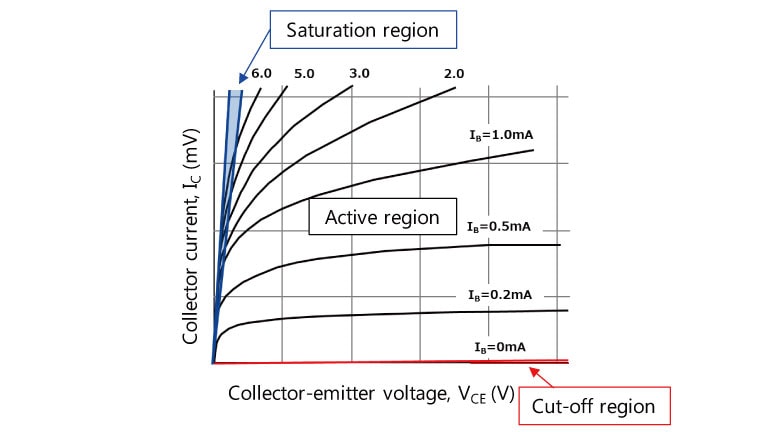- 半導體首頁
-
應用Automotive
Body Electronics
xEV
In-Vehicle Infotainment
Advanced Driver-Assistance Systems (ADAS)
Chassis
IndustrialInfrastructure
BEMS/HEMS
Factory Automation
Commercial Equipment
Consumer/PersonalIoT Equipment
Healthcare
Wearable Device
Mobile
Computer Peripherals
-
產品車用元件
Discrete Semiconductor
Diodes
電晶體
通用邏輯IC
Analog Devices
Digital Devices
Wireless Devices
※
: Products list (parametric search)
功率半導體※
: Products list (parametric search)
隔離器/固態繼電器Photocouplers
Digital Isolators
※
: Products list (parametric search)
MOSFETsIGBTs/IEGTs雙極性電晶體※
: Products list (parametric search)
Diodes※
: Products list (parametric search)
微控制器馬達驅動 ICs智能功率 ICs※
: Products list (parametric search)
電源管理 ICs線性 ICs※
: Products list (parametric search)
通用邏輯 ICs線性影像感測器其他產品其他產品
※
: Products list (parametric search)
-
開發/設計支援
開發 / 設計支援
-
技術知識
- 購買管道
- 型號 & 關鍵字搜尋
- 交叉搜尋
- 參數搜尋
- 線上庫存查詢跟購買
This webpage doesn't work with Internet Explorer. Please use the latest version of Google Chrome, Microsoft Edge, Mozilla Firefox or Safari.
型號需要超過三個文字以上 Search for multiple part numbers fromhere.
The information presented in this cross reference is based on TOSHIBA's selection criteria and should be treated as a suggestion only. Please carefully review the latest versions of all relevant information on the TOSHIBA products, including without limitation data sheets and validate all operating parameters of the TOSHIBA products to ensure that the suggested TOSHIBA products are truly compatible with your design and application.Please note that this cross reference is based on TOSHIBA's estimate of compatibility with other manufacturers' products, based on other manufacturers' published data, at the time the data was collected.TOSHIBA is not responsible for any incorrect or incomplete information. Information is subject to change at any time without notice.
型號需要超過三個文字以上
What is a bias resistor built-in transistor (BRT)?
A bias resistor built-in transistor (BRT), also called a digital transistor, is designed to be used as a switch. A BRT is a bipolar transistor containing a series base resistor (R1) and a base-emitter resistor (R2), making it possible to simplify on-board circuit design.
Typical bipolar transistors can be used as amplifiers, buffers, and switches. Amplifiers and buffers are used in the linear active region of the VCE-IC curves shown in Figure 2. In contrast, BRTs, which are mainly used as switches, operate in the region to the left of the active region and in the region below the active region (called the saturation and cut-off regions respectively). In the saturation region, the collector-emitter voltage drop (VCE) becomes the minimum, causing the maximum collector current to flow. In the cut-off region, the transistor is fully off. Under the cut-off condition, only a tiny collector cut-off current (ICEO) can flow from the collector to the emitter.
Because of the built-in bias resistor, a BRT operates in the saturation region when it is on and in the cut-off region when it is off.
The bias resistors are configured as shown in Figure 1. R1 converts the voltage applied to the B terminal into current to stabilize the BRT operation while R2 acts as a pull-down resistor when the BRT is off, pulling the base voltage to the GND level.
Without R2, the leakage current or the collector cut-off current (ICBO) flowing from the input in the “off” state might cause the BRT to malfunction because of the charge accumulated in the base. R2 helps prevent malfunction by passing leakage current to GND.



